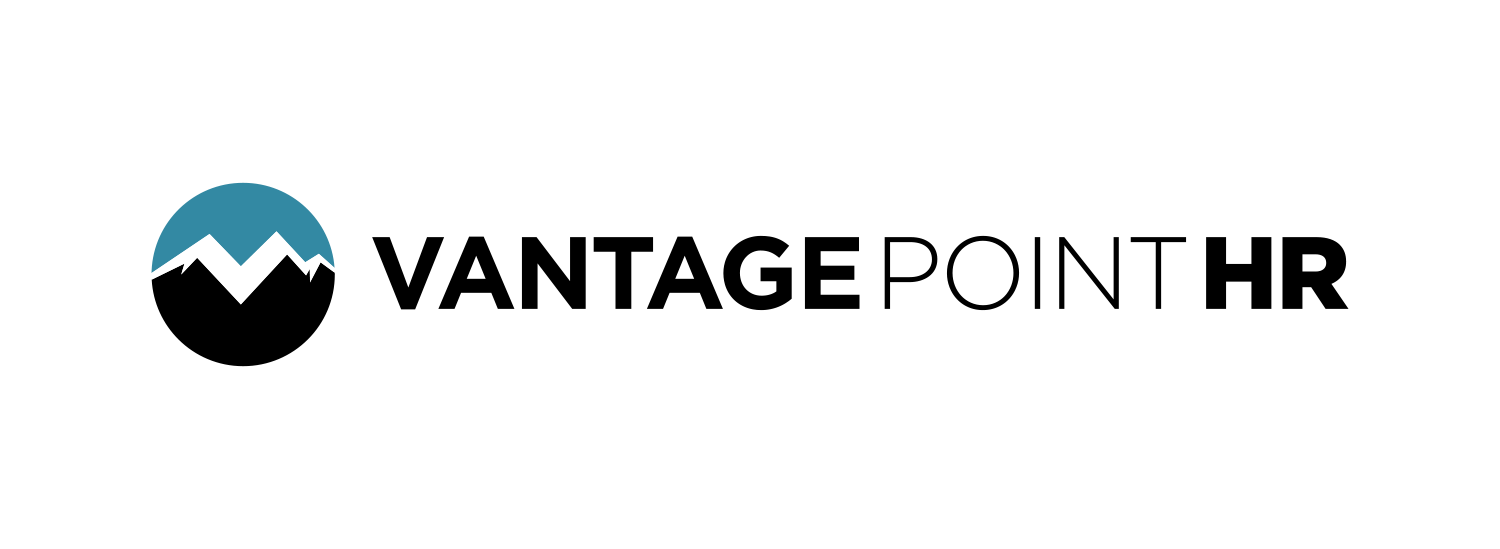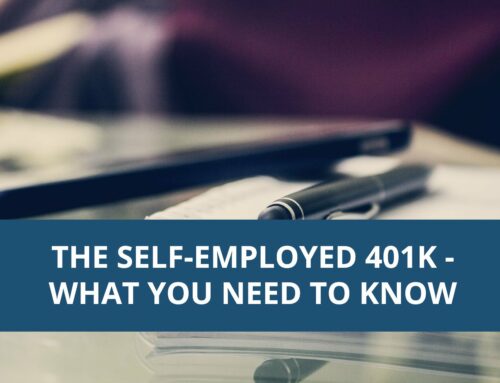 During COVID there are absolutely disruptions and hardship, but also incredible opportunities to reset and think differently. Instead of instinctively looking to fill key roles, focus on acquiring the skills you need to gain an edge over the competition.
During COVID there are absolutely disruptions and hardship, but also incredible opportunities to reset and think differently. Instead of instinctively looking to fill key roles, focus on acquiring the skills you need to gain an edge over the competition.
In late November 2019 Gartner was reporting that the top priority for HR leaders in 2020 would be building critical skills for their organizations. The observation then was that digital technologies would further disrupt the workplace with even more uncertainty. Then COVID came and amplified that uncertainty exponentially – turning workplace practices and the traditionally accepted ways to do business, on their head.
Before COVID there was a movement in workforce management and workforce planning overall. Survey responses were showing new tasks and responsibilities pushing aside traditional role titles and job definitions. The trends driven by COVID – remote work, rapid digital communication and transformation, and the continued and the expanded presence of gig work – are accelerating this movement.
Gartner surveys taken earlier this year, show that 92% of managers, and 77% of leaders felt unprepared for the future. In addition, nearly 40% of employees shared that they frequently completed deliverables outside of their traditional role. While not every task an employee completes will be in their job description, this is a significant disconnect that suggests the current way of managing workforce capabilities simply can’t keep up. The current disruption is likely to change the skills required for business success at a markedly faster rate.
Traditional HR Workforce Management
Traditional HR workforce management has focused on the framework of roles – defined by unrelated skills – vs skills needed to fuel an organization’s competitive advantage for the short and long-term. With talent requirements changing so rapidly, maintaining the old-school definition of roles to the exclusion of a wider perspective will leave many companies at a disadvantage.
Another recent survey found that 60% of HR executives reported that their CEO’s wanted their employees to have skills for the future. For example, the top skills for open IT roles at Facebook, Apple, Amazon, and Google on average are 40% different than jobs for the same roles in different organizations. The result is that these forward-thinking organizations are consciously building different workforces than most.
For your organization, there are five priorities to developing a skills-based talent plan:
- Review skills and job postings – see what industry leaders, your competitors, and others competing for the same talent, are looking for. How are they different from what you’ve looked for in the past?
- Reverse engineer your critical roles, and use that to define the explicit and implied critical skills that are needed in that role. Compare those against the emerging trends you’ve identified.
- Share and provide context for decision-makers and help them see what the trends are and what’s needed to build a productive, resilient workforce of the future; tie those to short and long-term business strategies for the organization. Is there a match!
- Review Talent Comprehensively – avoid the trap of staying within your lane, department or function. Organizations are made up of systems and without an overall view and inventory of what the workforce is capable of delivering, opportunities will be missed and costs needlessly incurred.
- Create a blue-sky but realistic talent development and acquisition plan that’s based on your data and achievable with the right focus and discipline. Using the data available, determine where the talent and more importantly, critical skills reside. Make sure to identify parallel skills that get you closer to your goals – since the path towards acquiring these critical abilities may not be direct. Progress and movement should be your guiding strategies.
Vantage Point HR knows that COVID is presenting exceptional challenges to organizations of all types. Our diverse client base has helped us develop a wide-ranging set of tools, solutions, and positive outcomes for all kinds of workplace situations and hurdles. Let us help you overcome yours.






